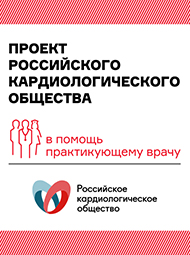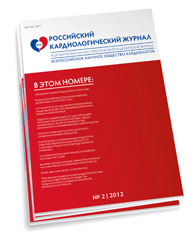Stroke risk post-MI declining, especially in diabetics
Amsterdam, the Netherlands - The risk of having a stroke in the year after MI has dropped over a 10-year period in those with and without diabetes, but the decline was particularly marked among diabetic patients, a new study has shown [1].
"The decreased ischemic stroke rate in both patient groups over time may be explained by a reduction in established risk factors for stroke and increased use of secondary preventive treatments after MI," said lead author Stina Jakobsson (Herzzentrum Ludwigshafen, Ostersund, Sweden).
"The larger reduction in stroke risk seen in diabetic patients may indicate that they gained more from the greater use of secondary preventive medication," she added. "But secondary preventive treatments are still underutilized in diabetic patients, and there is room for increased use."
The results were presented at the recent European Society of Cardiology (ESC) 2013 Congress.
First MI
For this analysis, the researchers used data from the Swedish RIKS-HIA register on 173 233 patients who had a first MI during 1998-2008 and were treated in one of Sweden's 74 coronary care units. Of these patients, 19% had a previous diagnosis of diabetes.
Results showed that the stroke rate decreased over time in both diabetic and nondiabetic patients, but the reduction was more evident in the diabetic group.
Incidence of stroke one year after MI in diabetics and nondiabetics: Trends over time
|
Date range |
Diabetics (%) |
Nondiabetics (%) |
|
1998-2000 |
7.1 |
4.2 |
|
2007-2008 |
4.7 |
3.7 |
Presenting the data, Jakobsson noted that in the patients with diabetes, prior coronary angioplasty, coronary angioplasty during the MI hospital stay, and prescription of secondary-prevention medications aspirin, clopidogrel, and statins when leaving the hospital were independently associated with reduced stroke risk over time.
Conversely, older age, prior ischemic stroke, ST-segment-elevation MI (STEMI), and atrial fibrillation during the hospitalization were found to be risk factors for an ischemic stroke within one year after MI in patients with diabetes.
Their results also showed that despite the greater improvements in stroke risk seen in diabetic patients, they were treated to a lesser extent than nondiabetic patients with reperfusion therapies during their initial hospital stay.
They also left the hospital with less standard medication for secondary prevention after an MI. During the entire study period, the prescription of secondary-preventive medication increased in both diabetic and nondiabetic patients.
"Great news"
Commenting on why people with diabetes were less likely to receive reperfusion therapy and secondary-prevention medications, Prof Robert Hatala (National Cardiovascular Institute, Bratislava, Slovakia) pointed to possible differences in presentation.
"Symptoms and signs of MI are frequently more atypical and confusing in diabetics," he said. "Because of this they usually have greater delays in hospital admission, frequently beyond the optimal reperfusion window. We might hypothesize that they less frequently undergo primary PCI and are therefore less strictly treated with antithrombotic therapies."
However, they will remain at high risk of stroke because of a much "sicker" vascular system, Hatala added. "Also diabetics already take many drugs, so it could be difficult to persuade them they need even more. But these curves are going in the right direction. This has been a big improvement in the last decade. That is great news."
Prof Guenter Breithardt (University of Münster, Germany) suggested that these positive trends could be the result of acceptance that the invasive strategy for STEMI is superior. "This will be a major change in Sweden, which used to be very conservative."
Noting that other secondary-prevention measures have also improved over past decade, he added: "The message that we can't just consider blood sugar in diabetics seems to be getting received."
Source: www.theheart.org






